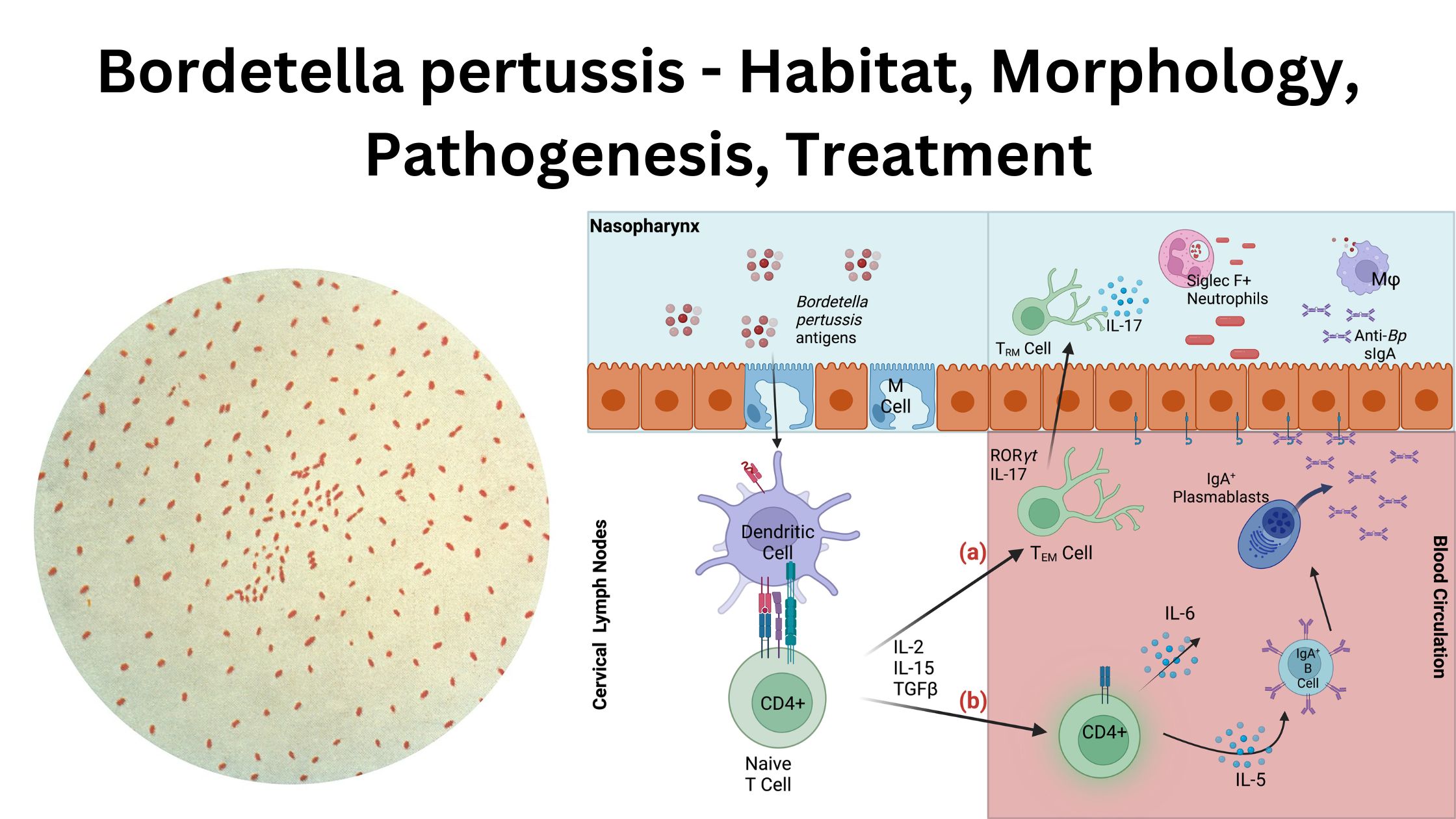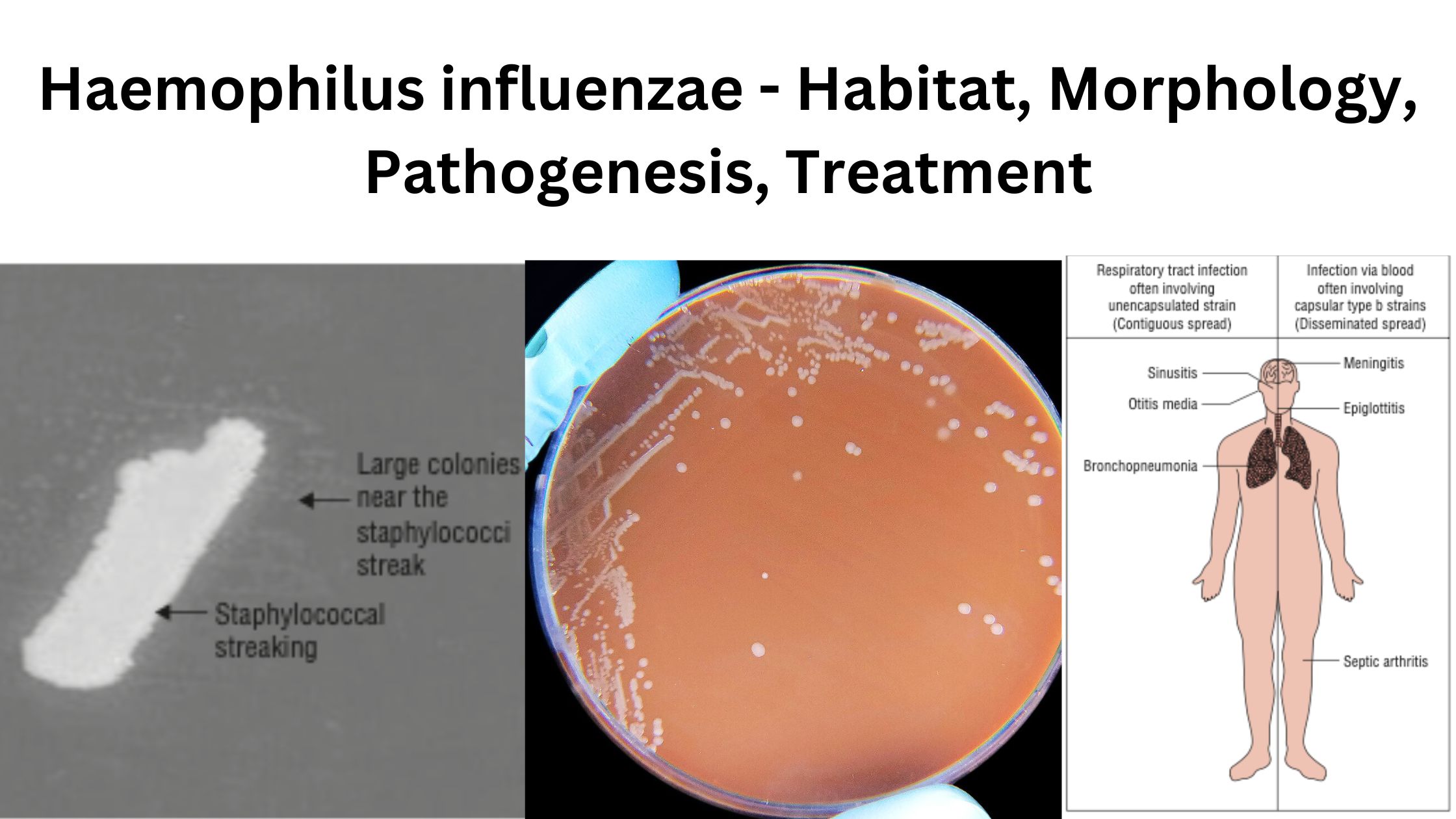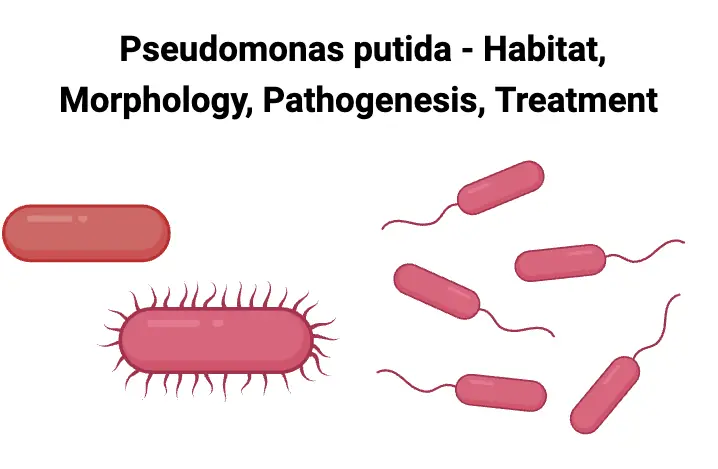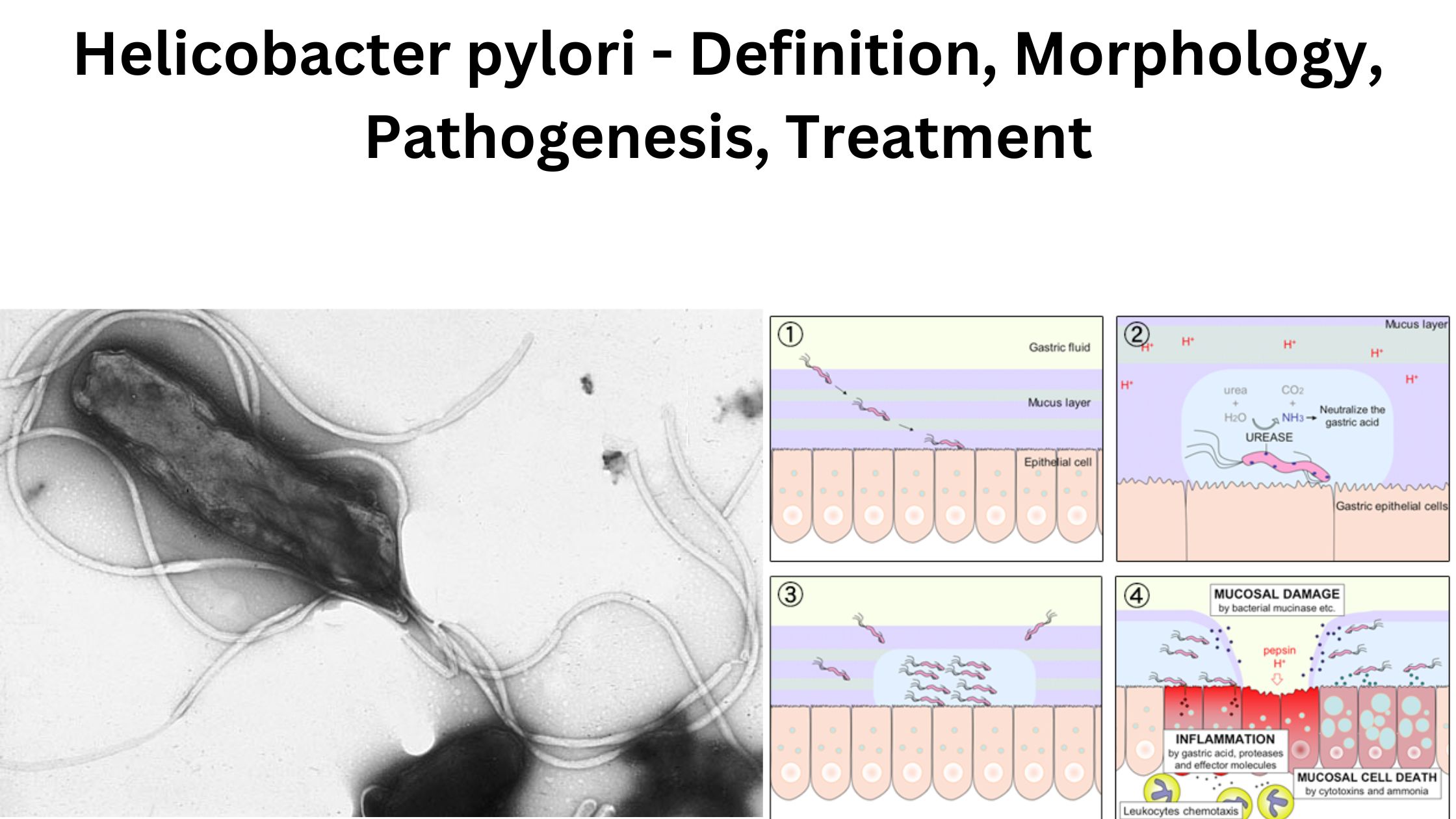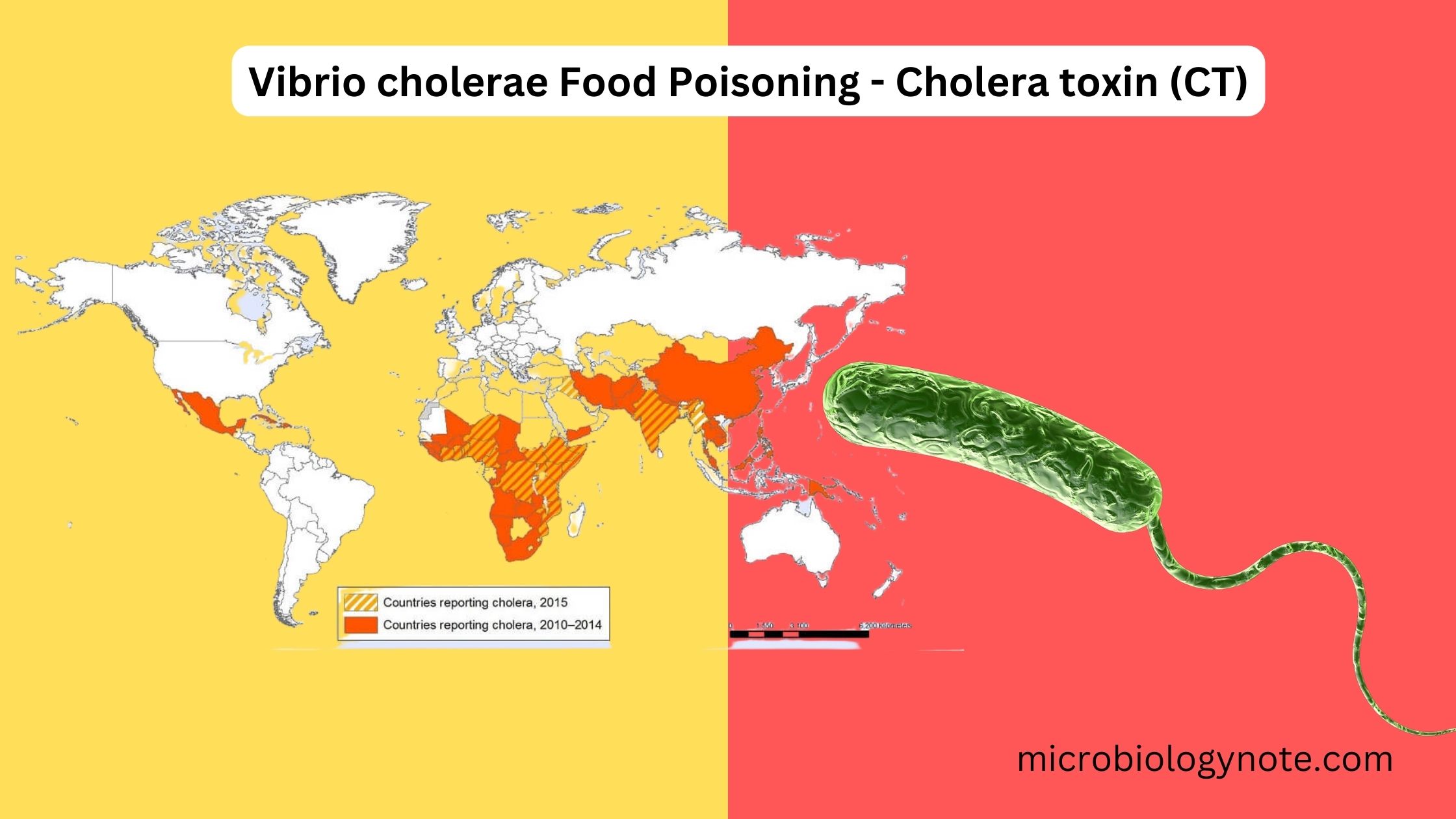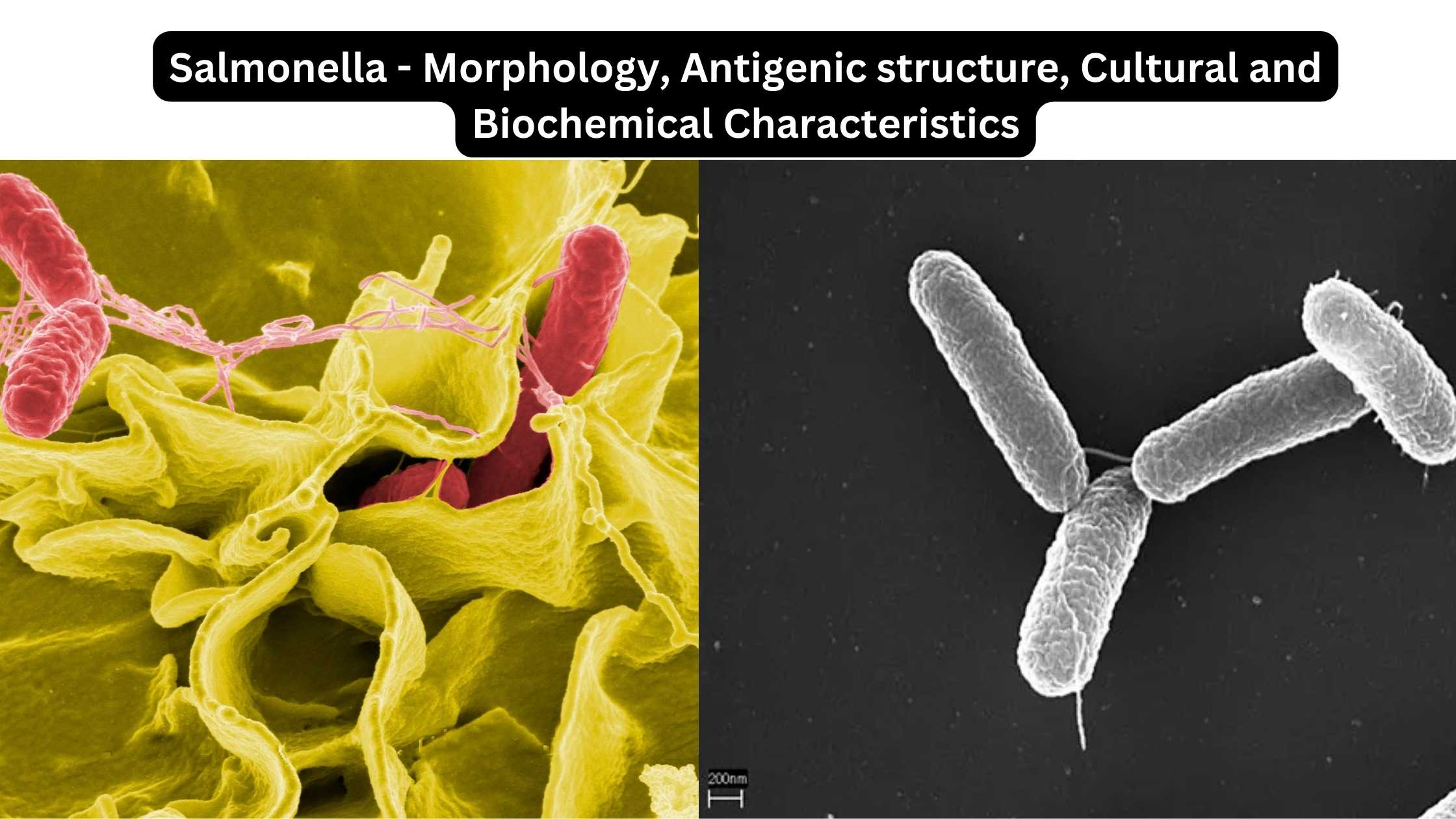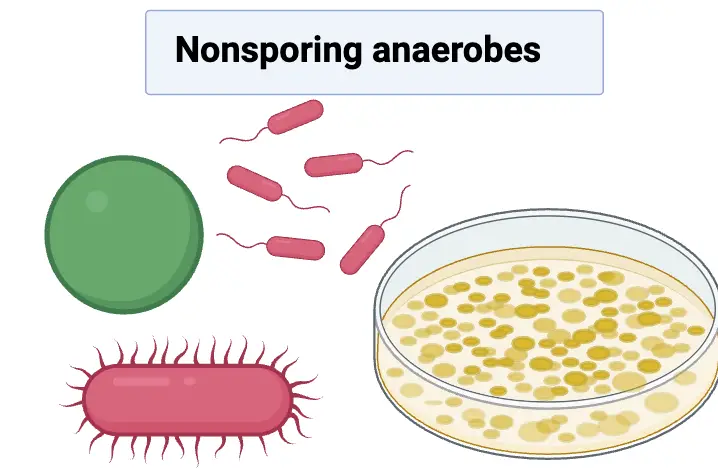Mycobacterium leprae – Habitat, Morphology, Pathogenesis, Treatment
What is Mycobacterium leprae? Scientific classification of Mycobacterium leprae Domain: Bacteria Phylum: Actinomycetota Class: Actinomycetia Order: Mycobacteriales Family: Mycobacteriaceae Genus: Mycobacterium Species: M. leprae Geographical Distribution and Habitat of Leprosy Leprosy is a disease with a varied global presence. It is most commonly found in specific regions, with a significant concentration in Southeast Asia, Africa, and … Read more

